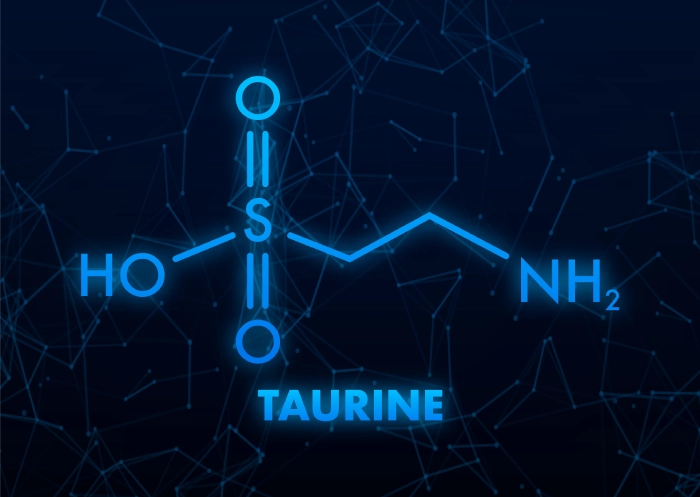This study aimed to explore the bioavailability of calcium and the effects of replacing synthetic calcium carbonate (CaCO3) with grouper bone nano-calcium (GBN) and substituting medium-chain triglycerides (MCT) with long-chain triglycerides (LCT) in the diet of ovariectomized rats over a period of eight weeks. A total of 20 rats were randomly assigned to one of four groups:
- OX-C group: Fed a standard AIN-93M diet supplemented with synthetic calcium carbonate.
- OX-D group: Fed a standard AIN-93M diet with no calcium supplementation.
- OX-1 group: Fed a standard AIN-93M diet with grouper bone nano-calcium.
- OX-2 group: Fed a standard AIN-93M diet with MCT as the lipid source and grouper bone nano-calcium.
The research parameters included the evaluation of body weight, calcium and phosphorus levels, as well as alkaline phosphatase in the blood serum of the rats. Additionally, histomorphometric analysis of the tibial microstructure and 3D micro-CT imaging of the femora were conducted, alongside assessments of femoral bone strength via a three-point bending test.
Results indicated that the groups receiving GBN calcium (OX-1 and OX-2) outperformed the synthetic calcium carbonate group (OX-C) in several key measures, including trabeculae thickness, bone volume fraction, bone mineral density (BMD), and bone strength. These GBN groups demonstrated serum calcium, phosphorus, and alkaline phosphatase levels similar to those of the synthetic calcium carbonate group. In contrast, the calcium-deficient OX-D group showed significantly poorer results. The study also found that substituting MCT with LCT did not yield superior results, as both lipid types performed comparably in terms of calcium absorption and bone health.
Commentary by YourDailyFit Columnist Alice Winters

This study offers intriguing insights into the potential advantages of alternative calcium sources and lipid profiles for improving bone health in postmenopausal models, specifically using ovariectomized rats to simulate osteoporosis conditions. The exploration of grouper bone nano-calcium (GBN) as a replacement for synthetic calcium carbonate (CaCO3) raises several compelling points for further discussion, both in terms of calcium bioavailability and the impact of lipid types on nutrient absorption.
Calcium Bioavailability: A Case for GBN
The comparison between synthetic CaCO3 and GBN presents a promising case for the latter. Calcium carbonate, a widely used supplement, has long been known for its relatively low bioavailability in comparison to other calcium salts, particularly when not consumed with food. On the other hand, the study shows that GBN, sourced from grouper bones, provides similar serum calcium and phosphorus levels as synthetic calcium carbonate but with additional benefits in bone density and strength. The enhanced results in trabeculae thickness, bone mineral density (BMD), and overall bone strength for the GBN groups are striking. These findings suggest that GBN may offer superior absorption or utilization in bone tissues, possibly due to its nano-sized particles, which are more easily incorporated into bone structures. This could be particularly relevant in the context of osteoporosis treatments, where calcium supplementation is critical but often poorly absorbed.
Furthermore, GBN’s potential appeal lies not only in its effectiveness but also in its natural origin, which may resonate with consumers who prefer whole-food-based or animal-derived supplements. In this context, GBN could offer a valuable alternative to synthetic forms of calcium, aligning with the growing trend of natural and bioavailable ingredients in health supplements.
Medium-Chain vs. Long-Chain Triglycerides
While much of the focus in this study is on the calcium source, the comparison of medium-chain triglycerides (MCT) and long-chain triglycerides (LCT) is also noteworthy. MCTs have been touted for their potential to enhance nutrient absorption, particularly fat-soluble vitamins and minerals, due to their rapid metabolism and easier incorporation into energy pathways. However, this study finds that substituting MCT for LCT does not yield a significant advantage in terms of calcium absorption or bone health, as both types of triglycerides performed similarly.
This result challenges some of the more aggressive marketing claims surrounding MCT oils in health and wellness circles, particularly those promoting MCT as a superior fat source for nutrient delivery. It suggests that while MCT may have its uses—particularly for energy production and ketogenic diets—it may not be a magic bullet for improving calcium bioavailability in the context of bone health. This finding could help temper consumer expectations around MCT as a panacea for bone health, reinforcing the importance of other factors such as calcium quality and overall nutritional balance.
Implications for Supplement Formulations

For supplement manufacturers, the study opens the door to new product formulations that could leverage GBN’s potential. Given that bone health remains a significant concern, especially among aging populations, the use of alternative calcium sources could differentiate brands in a crowded market. GBN, due to its promising bioavailability and effectiveness, might be a valuable addition to osteo-health supplements. However, manufacturers would need to balance this with the cost and availability of GBN, as sourcing animal-based ingredients might limit its appeal to certain demographic groups, such as vegetarians or those avoiding animal products.
The study’s design also highlights the importance of using animal models to investigate the physiological effects of supplements before promoting them to human consumers. While rat models are informative, human clinical trials would be necessary to fully validate these findings, especially when considering the complex nature of human bone metabolism and the myriad variables at play in supplement efficacy.
Conclusion
This research provides valuable insights into the comparative efficacy of different calcium sources and lipid profiles. While the results are promising for GBN as a superior form of calcium supplementation, it’s important to consider the broader picture. For now, the evidence supports GBN’s potential in enhancing bone health, but further clinical validation in human trials is crucial. Supplement companies looking to capitalize on this research should approach it with caution, ensuring that their formulations are not only effective but also tailored to meet the diverse needs and preferences of their target audiences.



